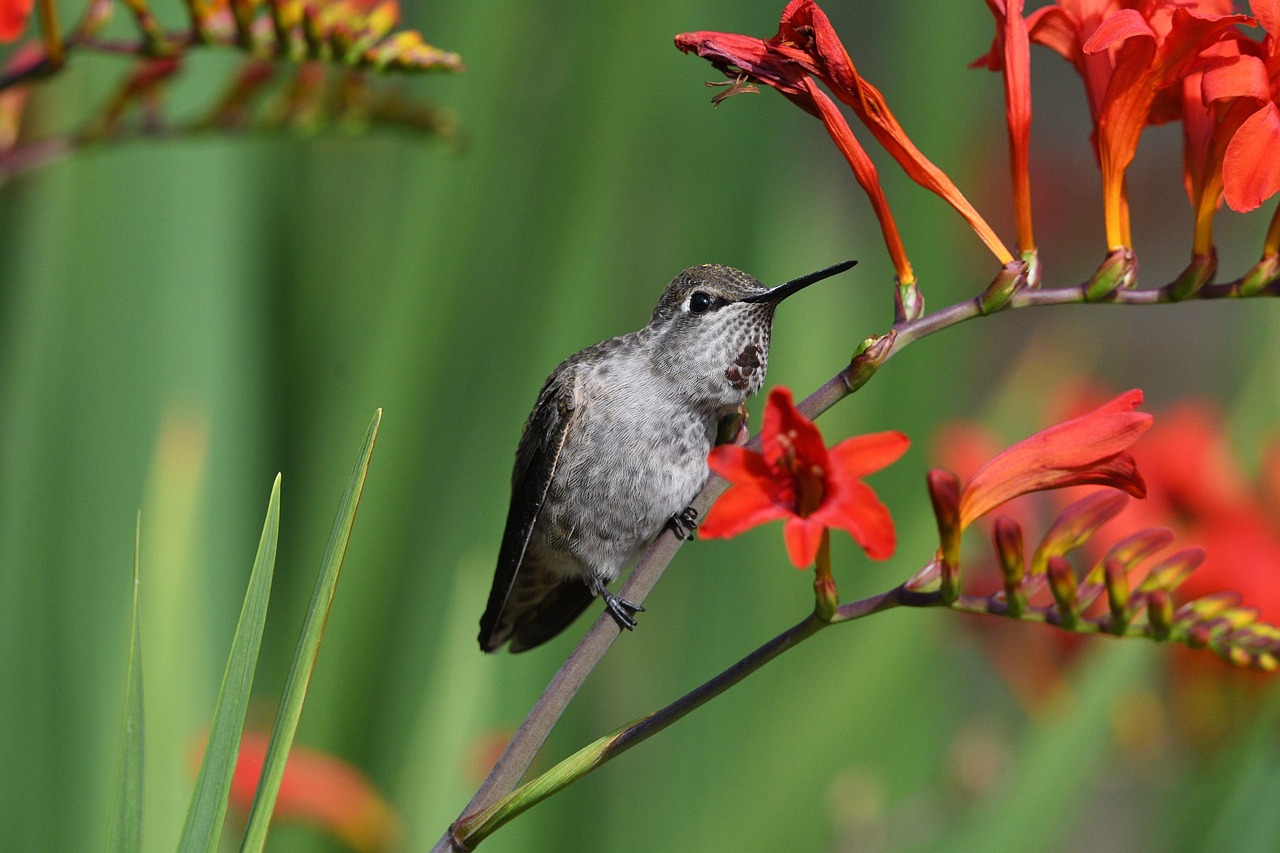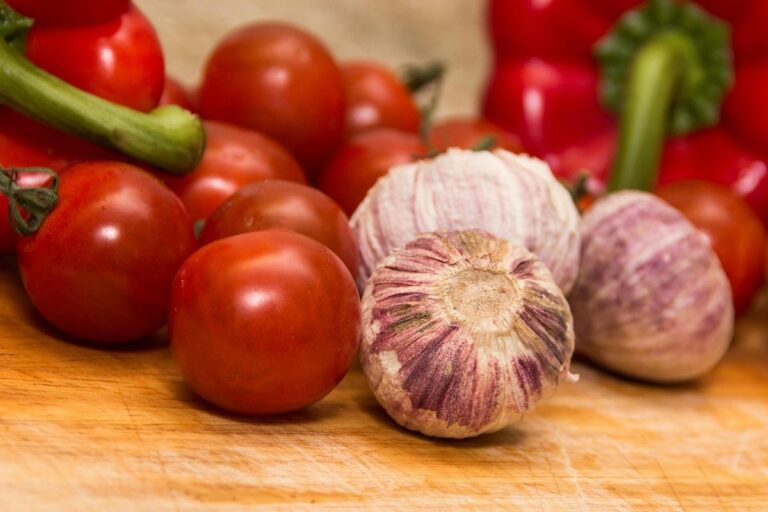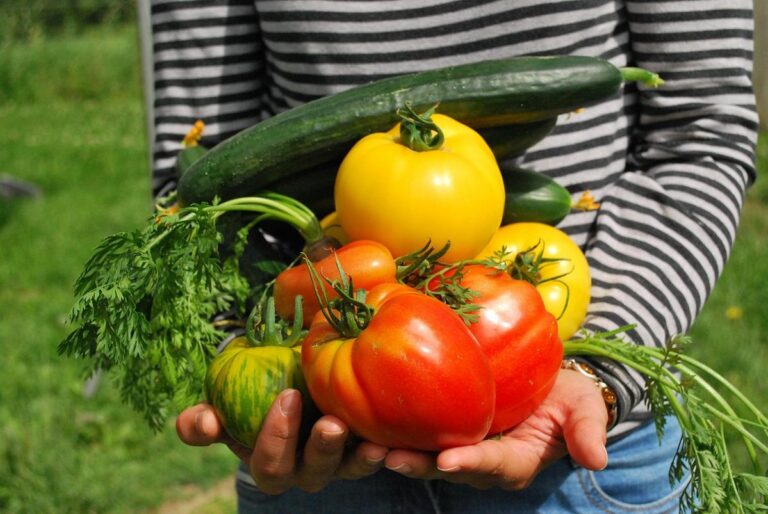You Can Increase Hummingbird Visits with Low-Maintenance Firecracker Bush
In late summer, the firecracker bush lights up borders and containers with clusters of scarlet-red, trumpet-shaped blossoms that hum with nectar-seeking hummingbirds. A tough, drought-tolerant evergreen native to the southwestern United States and Mexico, this shrub requires little upkeep once established. Native plant gardener Jerad Bryant offers guidance on planting, growing, and caring for this U.S. native staple in zones 8 through 11.
Key Details at a Glance
- Plant type: Evergreen shrub
- Family: Rubiaceae
- Genus & species: Bouvardia ternifolia
- Native area: Arizona, New Mexico, Texas, and Mexico
- Light exposure: Three to six hours of direct sun, with afternoon shade in hot climates
- Mature height: Three to four feet, often sprawling
- Water needs: Low; tolerates occasional drought
- Common pests & diseases: Mealybugs, spider mites, whiteflies, and root rot if overwatered
- Maintenance level: Moderate pruning optional
- Soil: Well-drained, amended with organic matter if needed
- USDA hardiness: Zones 8–11 (treat as annual or perennial in colder zones)
Native to canyons, slopes, and woodlands where afternoon shade eases summer heat, the firecracker bush displays narrow, oval leaves arranged in whorls along arching stems. In late summer and early fall, its stem tips burst into clusters of vivid red tubes up to 1½ inches long. These blooms stand above smaller leaves near the tips, creating a striking contrast that draws hummingbirds from across the property.
In Mexico, growers call this plant trompetilla, or “little trumpet,” in reference to its bright, flared blossoms. Frost-sensitive by nature, it thrives in frost-free landscapes. In zones below 8, gardeners often grow it as a potted specimen, bringing containers indoors before the first hard freeze. In milder winters, the shrub may resprout from roots and behave like an herbaceous perennial.
Growing from seed is possible but challenging. For gardeners up to the task, start with a well-draining seed mix in small pots or trays. Press seeds gently onto the surface, cover with a thin layer of soil, and water lightly. Place trays in a warm spot with bright, indirect light or under grow lights indoors. Maintain moisture without waterlogging; seeds can take several weeks to germinate. Once seedlings produce a few true leaves and sturdy roots, transplant them into larger pots for another month before moving outdoors.
Most gardeners find it easier to buy young plants in containers at local nurseries. When you’re ready to transplant, pick a spot that receives morning sun and afternoon shade, or bright indirect light in containers. Dig a hole twice as wide as the rootball and just as deep. Position the plant so its top root flare sits level with surrounding soil. Backfill gently, firming soil around the roots to eliminate air pockets. Water thoroughly until moisture drains freely, then top the area with a two- to three-inch layer of mulch. This mulch layer helps retain moisture, insulates roots, and enriches soil as it breaks down.
Light and temperature influence growth habit. In hotter climates, afternoon shade keeps stems compact and prevents wilting, while a bit more sun will create a leggier form with increased flowering but higher water demands. In cooler parts of its hardiness range, full sun encourages prolific bloom but watch for frost; containers make winter protection simple.
Water sparingly once established. Although drought hardy, this shrub benefits from occasional soaking during extended dry spells. Check soil moisture by feeling below the surface; if it’s bone-dry two inches down, it’s time to water. Potted plants may require more frequent checks. Avoid soggy conditions—good drainage is critical to prevent root rot. Sandy or clay soils accept improvement by blending in organic matter such as compost or leaf mold. That addition boosts water retention in sandy loam and hastens drainage in heavy clay.
Fertilize sparingly. In-ground specimens usually thrive without any extra feeding, while container plants may welcome a light application in spring. Use a balanced fertilizer at one-quarter to one-half strength once new shoots appear. Overfertilizing promotes long, weak stems and leafy growth at the expense of blooms.
Pruning is optional but can help maintain a tidy mound of arching stems. Pinch faded flower clusters back to the next set of leaves to encourage branching and a fuller shape. Remove dead or damaged wood in spring before new growth begins. In cold climates, cover containerized plants with frost cloth or move them indoors if overnight temperatures dip below freezing.
Propagation through cuttings yields faster results than seed. In spring, snip four- to six-inch stem sections from healthy, nonflowering growth. Strip off lower leaves, leaving two or three leaf pairs at the top. Insert cuttings into moist potting mix and place them in bright, indirect light. A humidity dome or plastic bag over the pot will raise moisture levels around the stem, reducing stress as roots form. Check after two to four weeks; once white roots appear at the drainage holes, acclimate the new plants to normal conditions and pot them up or plant them in the landscape.
When fall arrives, seed capsules develop along the stems. Collect the papery, pod-like fruits before they split naturally. Place them in a paper bag and let them dry indoors. As the pods open, seeds fall into the bag. Store these in a cool, dark spot until spring sowing.
Two popular cultivars offer unique traits for garden use. The Estrellita® series blooms without deadheading for an extended period, keeping gardens bright from summer into fall. Its compact form and non-stop flowering make it an ideal container specimen, ready to move indoors when frost threatens. Little Star® stays shorter, producing clusters of bracketed blooms in shades of orange, pink, and red. Its tidy habit and multicolor display suit small gardens or patios with limited space.
Pest issues remain minimal when cultural needs are met. Dry, stressed leaves can invite spider mites, whiteflies, or mealybugs. A strong spray of water often dislodges these insects; repeat daily until none remain. Overwatering in poorly drained soil can lead to root rot—plant in free-draining sites and water only when necessary to keep soil from becoming saturated.
At maturity, the firecracker bush typically reaches three to four feet in height, with stems that arch and sometimes trail rather than stand rigidly upright. Flower clusters appear at stem tips, and lower leaves remain larger than those near blooms. In colder zones, annual growth completes its cycle in one season, while warmer climates support year-round foliage and repeated flushes of flowers.
This vibrant shrub is widely offered at native plant nurseries, garden centers, and online retailers throughout its native range and beyond. Whether planted in mixed borders, containers on a porch, or used to draw hummingbirds into a sunny spot, the firecracker bush combines striking color with low maintenance to bring late-summer gardens to life.







